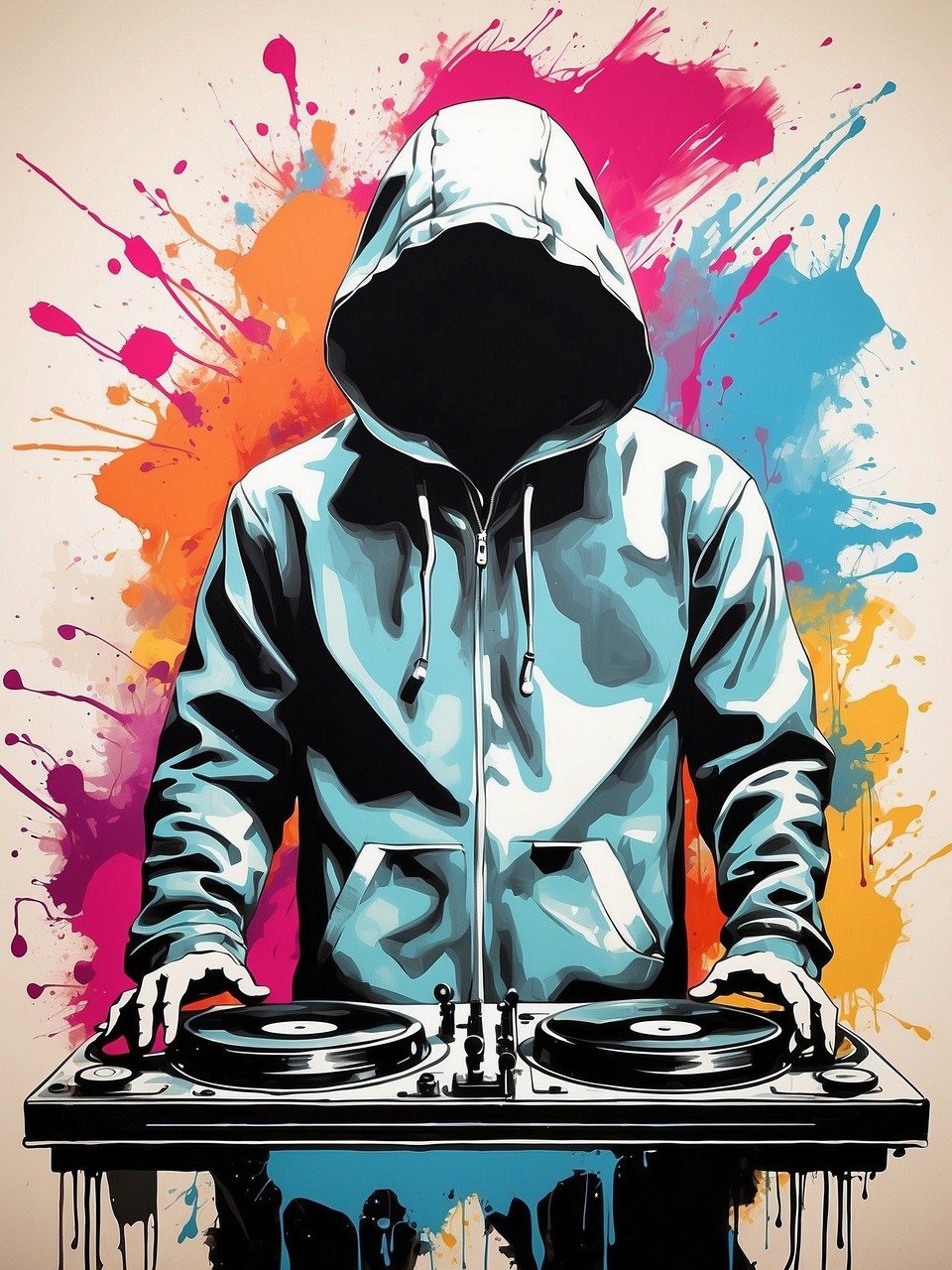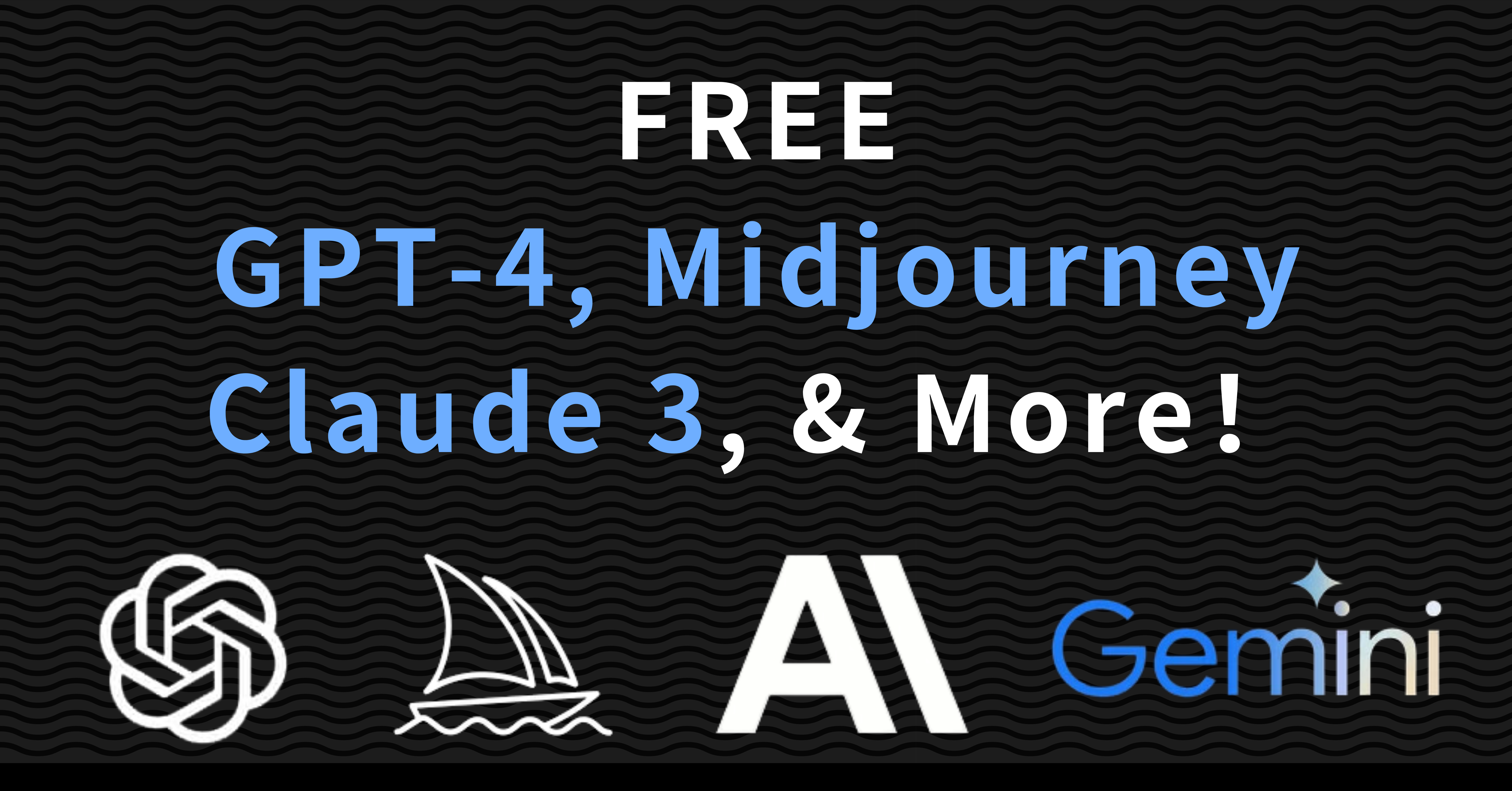Unleashing Creativity: Suno and the Evolution of AI in the Music Industry

Harnessing the Future: The Rise of AI in Music Composition
The intersection of artificial intelligence and music has given birth to groundbreaking tools like Suno, transforming the way music is conceptualized, composed, and produced. This in-depth exploration delves into how Suno and similar AI songwriting platforms are not just changing the musical landscape but are democratizing music creation for artists and amateurs alike.
The Genesis of Suno: Pioneering AI-Driven Music
What Makes Suno Stand Out? Suno has emerged as a leading figure in AI-driven music composition by offering a user-friendly platform that translates textual descriptions into complex musical compositions. Its technology leverages advanced machine learning algorithms to interpret emotional cues and musical genres from simple text inputs, crafting songs that resonate with both the creator's intent and the audience's expectations.
Key Features of Suno:
Lyric Generation: Suno provides tools that not only create instrumental music but also generate lyrics, offering a comprehensive songwriting solution.
Customization and Flexibility: Users can specify genres, moods, and instruments, making Suno extremely versatile in its output.
Accessibility: With Suno, anyone from professional musicians to shower singers can bring their musical ideas to life without needing formal musical training.

Pay-as-You-Go:
Top Up from Just $1 Balance Never Expires
All-in-One: Access All Models in One Place
AI Total Data Privacy
Unlimited Usage Limitation
Accepts Fiat and Crypto Payments
Exploring the Landscape: Suno Versus Other AI Songwriting Tools
Suno versus Amper Music: While Suno focuses extensively on user input to generate music, Amper Music allows for more automated creation, requiring less input from the user but offering less customization.
Suno versus Endlesss.fm: Endlesss.fm caters more to live collaboration and jamming, providing a platform for real-time music creation with other artists online. In contrast, Suno is more suited for solo creators focusing on producing complete tracks based on descriptive prompts.
Suno versus Humtap: Humtap uses AI to transform vocal melodies and beats made by users into full compositions. Suno, on the other hand, starts with text, making it accessible to those who may not be able to provide a tune.
Advancing Your Music Career with AI Tools
1. Start with a Concept: Begin by conceptualizing your song. With Suno, you can start with a story, a feeling, or even a set of lyrics. Input these into Suno to see how the AI interprets your ideas into music.
2. Refine and Customize: Once Suno generates a base track, you can tweak it. Change the instruments, adjust the tempo, or shift the mood of the song until it aligns perfectly with your vision.
3. Collaborate and Expand: Use Suno's output as a foundation for further development. Collaborate with other musicians to add live elements or refine the AI's composition to enhance its complexity and depth.
Innovating Music Education with AI
Educational institutions are beginning to recognize the value of integrating AI tools like Suno into their curriculums. By exposing students to AI songwriting, educators can provide a hands-on experience with cutting-edge technology, encouraging creativity and technical skills in equal measure.
The Ethical Dimension: AI and Creativity
As AI continues to permeate the creative sectors, ethical considerations must be addressed. The use of AI in music raises questions about originality and the role of the artist. However, tools like Suno are designed to enhance, not replace, the human creative process, serving as a collaborator rather than a creator.
Conclusion: The Symphony of the Future
AI songwriting tools like Suno are not merely technological novelties but are pivotal in shaping the future of music. They break down barriers to music creation, allowing anyone with a concept to realize their musical dreams. As we move forward, the integration of AI in music will continue to evolve, offering new tools that further blur the lines between human and machine-generated artistry.
Embracing Tomorrow: AI Songwriting as the New Standard
The fusion of AI with music composition is more than a trend; it's the future of the music industry. Platforms like Suno are leading this charge, offering tools that simplify the music-making process while allowing for a depth of creativity previously unattainable to the average person.
See Also
Free Mastery of Claude 3 Opus: An In-Depth Manual
Free Access to GPT-4: A Detailed Tutorial
AI Empowerment: Unleashing the Potential of ChatGPT
